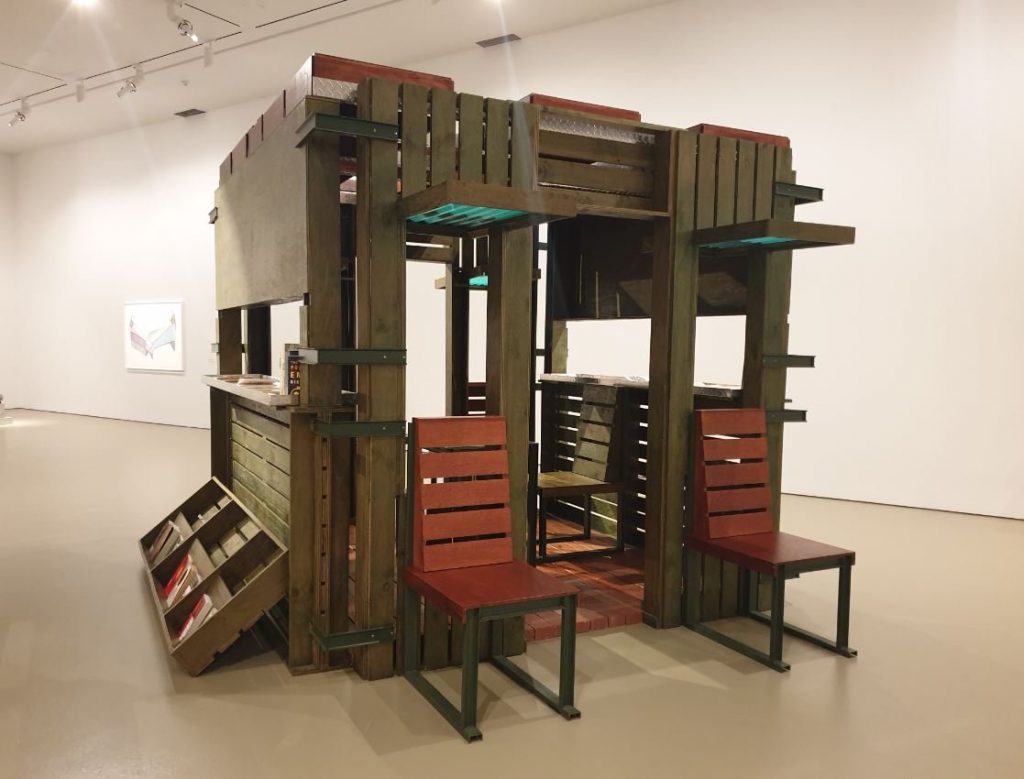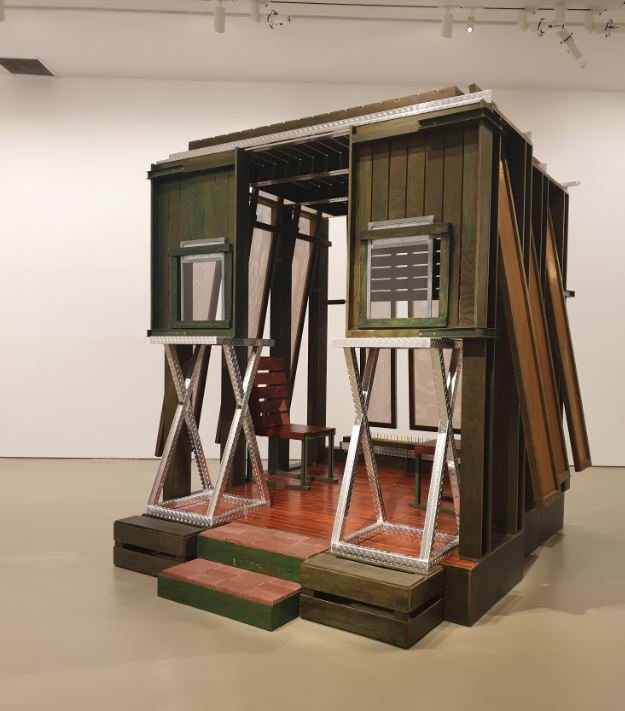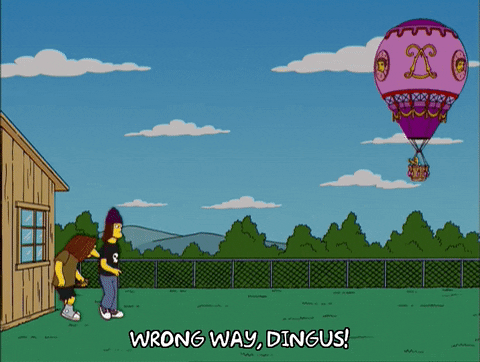Here’s some mid-sem project documentation for The Study Room. Overall, I’m glad that both the audience and the participants had fun. The flow was just about how I imagined it to be; the participant on the foley side makes the proper sound effects, while the other participant makes (almost) all the associations to the actual objects.
The main issue would be that it was hard to hear some of the softer sounds, especially since there were louder sounds coming from other parts of the room. Other than that, I’m glad the instructions were clear enough on the foley side, specially since other sounds can be made that might be harder to associate them to the objects.
Setup

Study room setup

Foley Setup

Instructions

Foley keyboard

Foley notebook

Foley keys
How It Works

Presenting the (willing) participants, Fizah and Bryan. [Thanks, guys. Very cool B)]
In the first video, we can see Fizah having to lean in a little to hear the sounds better. In the second project, I think I can add speakers to amplify the sounds. Watching the second part where they switched sections showed that sense of discovery for the both of them. It was mentioned that hearing the sounds somewhat entices them to do the action, so that;s what happened in the second video.
/Possible Ideas for Digital Project/
Main goal: A Surreal Experience
- Entice: make the audience want to do a certain action using sounds; influence / control their actions through sound association
- Confuse: resulting sounds that do not match the anticipated one.
- Enhance: bring attention to everyday sounds.
Equipment:
- Photo-resistor
- Motion sensor
- Pressure sensor
- Tilt sensor
- Speaker
- Actual props
- Foley items
Set-up #1: Sound Tak Tally

Flow of events:
- Approaching/Passing by motion sensor at respective item triggers sfx to play (e.g: glass shattering)
- Participant may interact with the item to replicate the sound (e.g: pushing the glass off the edge)
- Sensor detects movement of item from interaction and triggers wrong sfx (e.g: squeaking instead of shattering)
- Repeat with other items
Intended outcome:
- For the participant to feel enticed to carry out an action (irresistible temptation to match sound to an action)
- Taking away that satisfaction by playing a sound that does not match their action
- Experiencing something surreal and confusing
Set-up #2: Sense in Sound

Flow of events:
- Approaching/Passing by motion sensor at respective item triggers distorted sfx to play (e.g: distorted mug stirring sound)
- Participant may interact with the item (e.g: picking it up, using it in a common manner)
- Sensor detects movement of item from interaction and triggers correct sfx to play (e.g: sound playing is no longer distorted)
- Putting the item back resets the sound back to being distorted
- Repeat with other items
Intended outcome:
- For the participant to be curious about the item and sound not matching
- Interaction with the item allows them to uncover the true sound it makes
- Experiencing something surreal and confusing
- Bringing attention to everyday sounds








